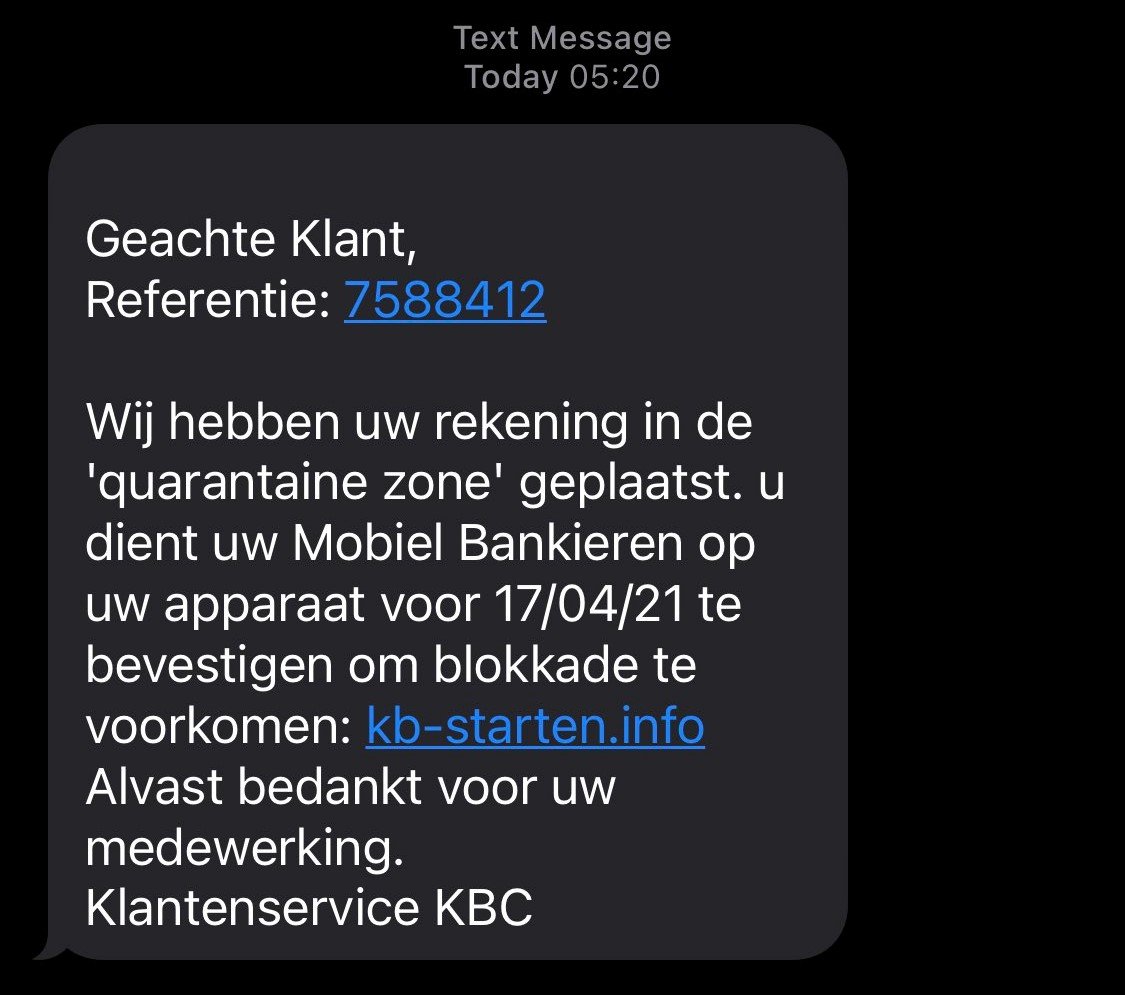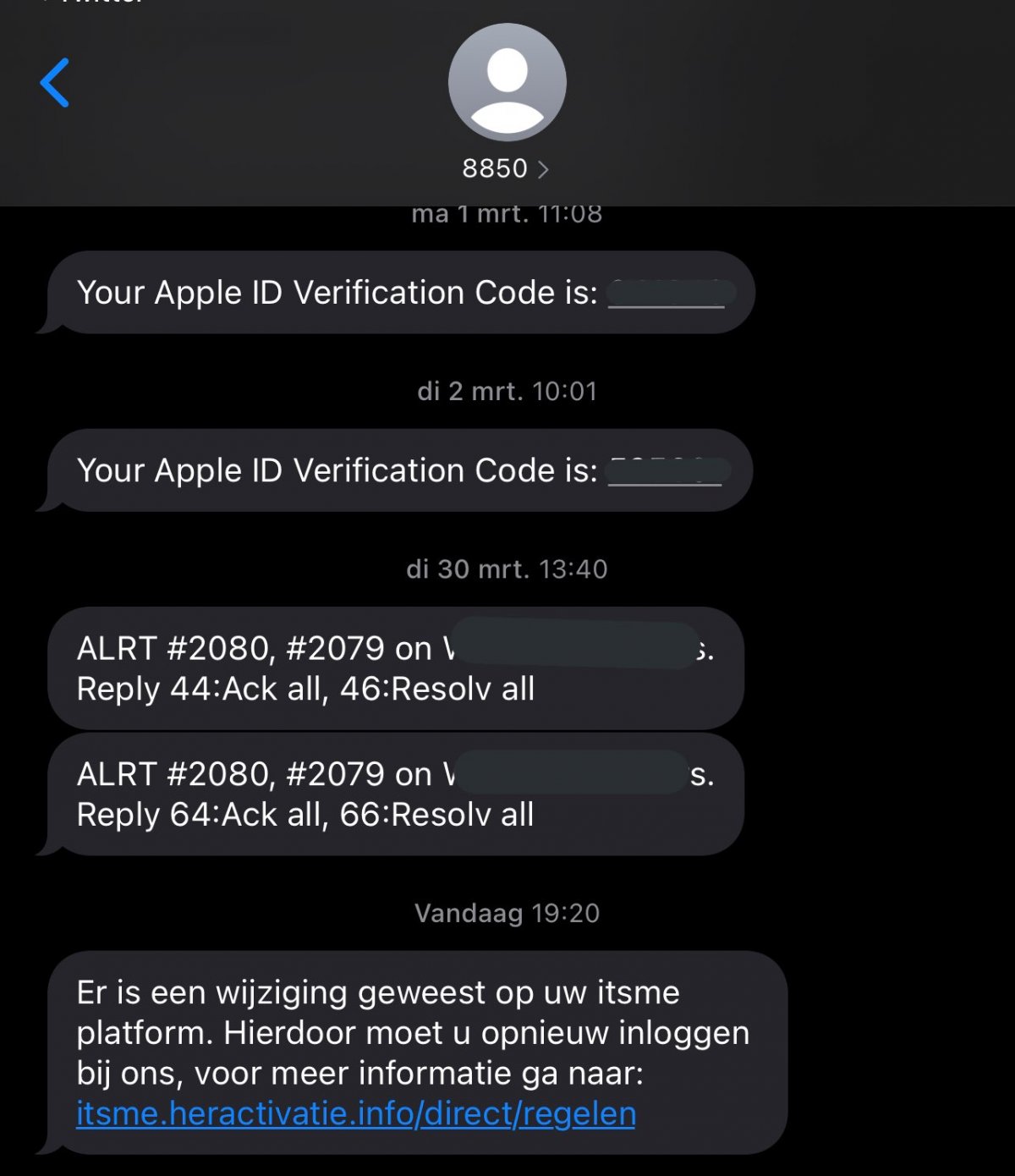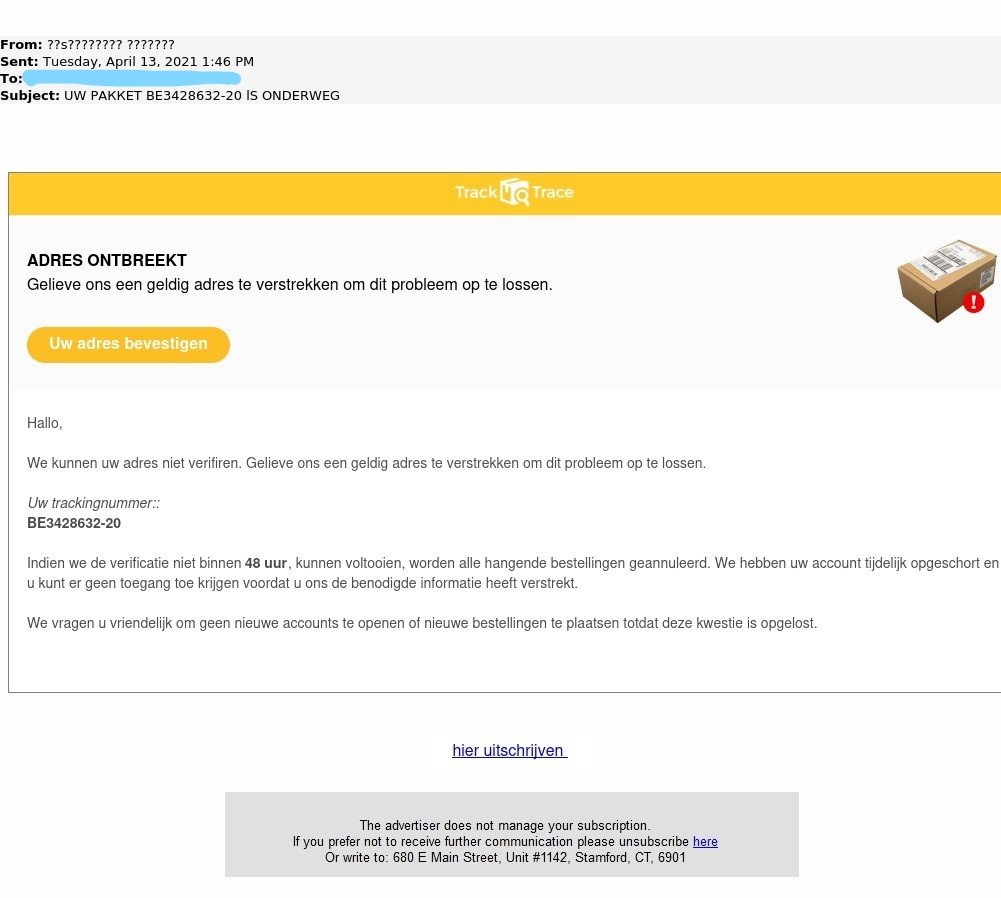In April, too, cybercriminals were busy. Below is a selection of the phishing and smishing messages that we received from you.
Thanks to alert Internet users, we were able to block 220,000 URLs in 2021. On 18 March you broke all records: on that day more than 28,000 messages were forwarded to verdacht@safeonweb.be.
Read more below the examples:

links uitlijnen

rechts uitlijnen

volledige breedte
volledige breedte
Don't fall into the trap!
Learn to identify fake e-mails.
Take the phishing test now and don’t be caught out ever again!
What to do?
- Do not click on a link in a suspicious message or open attachments.
- Do not forward the message to your contacts.
- Suspicious emails can be forwarded to suspicious@safeonweb.be.
- Suspicious text messages can also be forwarded. Take a screenshot and send it to suspicious@safeonweb.be. The content is then processed automatically.
Did you click on a suspicious link?
- If you have clicked on the link, do not complete the fields and terminate any interaction.
- If you have entered a password that you also use elsewhere, change it immediately.
- If you have clicked on a link that opens a website where you have to submit bank details, first check that this is the real website of your bank. If you have the slightest doubt, do not make a payment.
Have you been scammed?
- If you have lost money or are being extorted, we recommend that you file a report with your local police straight away.
- Contact your bank and/or Card Stop on 078 170 170 (+32 78 170 170 from abroad) if you have passed on bank details, money is disappearing from your bank account or if you have transferred money to a scammer. In this way, any fraudulent transactions can be blocked.
- If you want to report fraud, you can contact your bank via a special number: https://beschermjezelfonline.be/bank-contacteren-voor-hulp
volledige breedte
